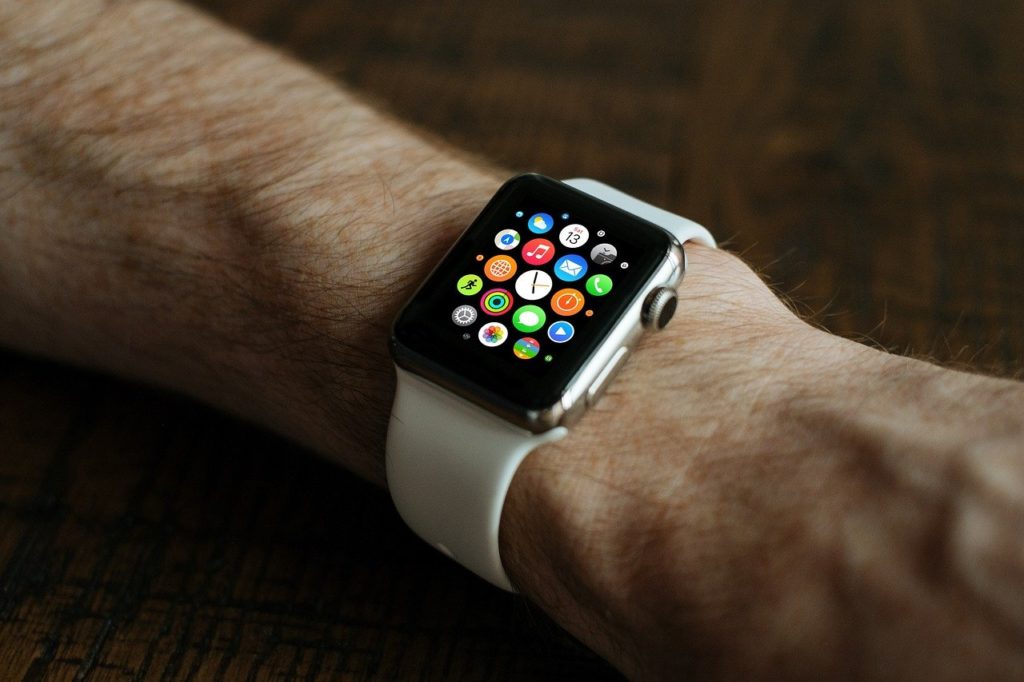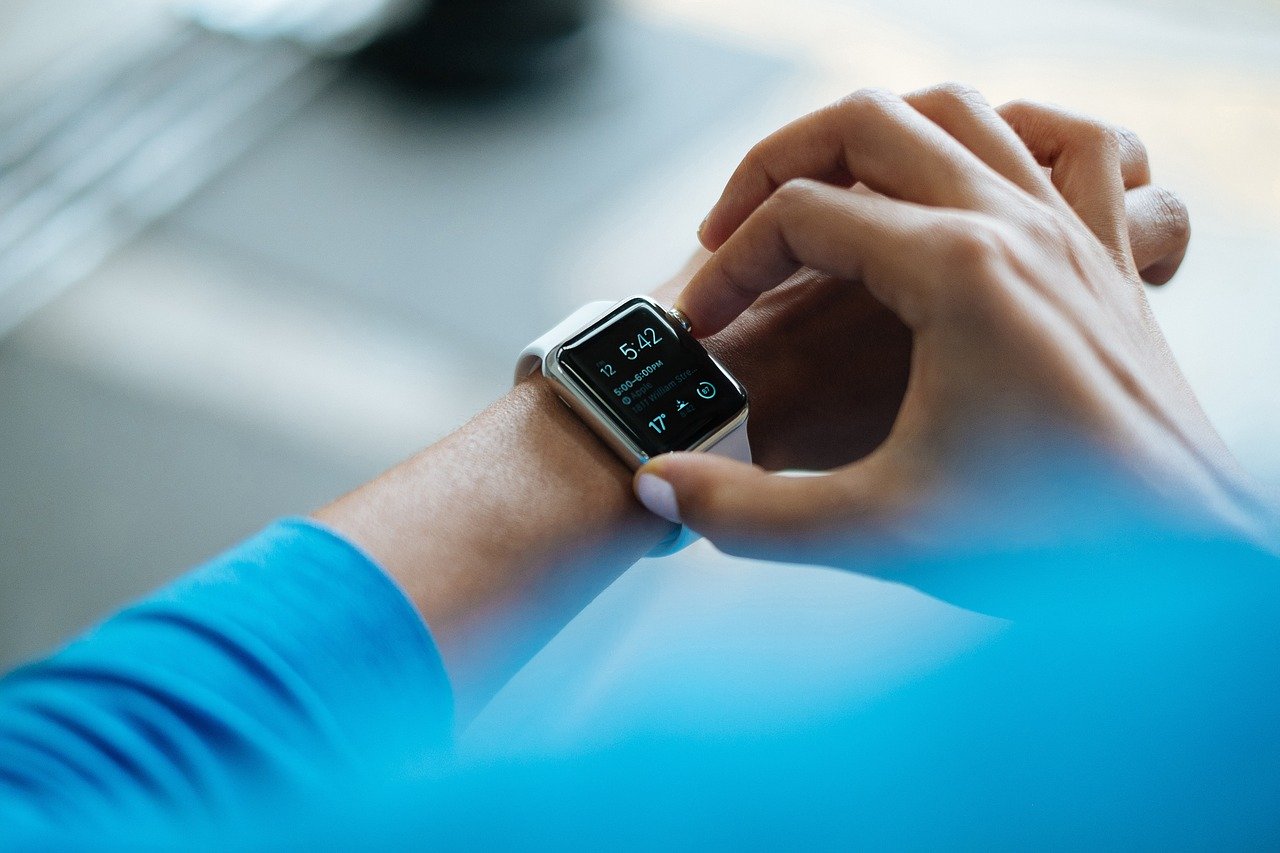Modern wearable technology made its first major breakthrough in 2009 with the launch of the original Fitbit, before the company pioneered the wristband revolution with its updated edition in 2013. In the space of one year, Fitbit had dominated the activity-tracking marketplace until Apple gatecrashed the industry with the Apple Watch in 2015. However, while fitness-related wristbands are expected to experience negative growth rates in the coming year, according to the International Data Corporation, smartwatches are predicted to grow.
A global market worth $23 billion in 2018, the wearable tech industry is expected to grow at a compound annual rate of 19 percent to reach $54bn by 2023, based on GlobalData forecasts. “That growth will be driven by sales of smartwatches, which are gaining in popularity as the range of features they offer,” the report claims. “In contrast, the popularity of fitness trackers is waning, due to their limited capabilities when compared to smartwatches.”
A key component to that forecasted rise will be the presence of digital healthcare capabilities in smartwatches and wearable tech with more advanced “features.” IDTechEx predicts the “the market for wearable medical devices (across all applications) to reach $19.7 billion by 2024.”
Advances in Medical-Related Wearable Tech
Wearable tech has evolved from the days of just monitoring steps and heartrate. Last year, Omron Healthcare launched HeartGuide—the first ever wearable that monitors blood pressure. Other available smartwatches have the capabilities to offer fall detection, make sleep apnea assessments, and provide noninvasive glucose monitoring.

In addition to smartwatches and similar wristband devices, wearable medical technology has expanded into other areas, including the items such as smart clothing and electronic skin patches. These devices are designed to provide longer-term, medical-grade monitoring for cardiovascular patients in particular.
Additionally, a smart necklace has been proposed, which would detect a user’s pill ingestion based on the skin movement associated with swallowing as well as alert users when it is time to take medication and alert doctors in the event of noncompliance. Yet, while wearable detection devices are set to become more prevalent, the most significant impact of wearable technology on medical practices will be on the collection of data and information.
How Medical Data Will Incorporate with Wearable Tech
As anyone who has visited a hospital or clinic can attest, each visit begins with the customary blood pressure check, temperature readings, and weight measurements. These basic tests provide vital baseline readings for patient health.
However, wearable technology and smartwatches will have the capability to collect and record such data. Potentially, this would provide much more reliable information as it is collated on a regular basis rather than just being reserved for annual or one-off doctor’s visits. Likewise, the data collected by skin patches, smart clothing, and other medically-focused wearables.
This data can then be autonomously communicated with remote monitoring systems, giving doctors and health professionals access to the most accurate information with which to make more informed decisions regarding individualized diagnoses and treatments. As the available detail of medical data increases through the introduction of biosensors in consumer wearables—which will be able to measure biochemical levels in things like blood, sweat, and saliva—so will the personalization of care a patient can expect to receive in the future.
By using IoT technology, smartwatches and wearables are able to communicate with smartphones and transfer the data and readings direct to user-friendly applications. There are valid concerns over privacy and data protection. The wireless transferring of data, particularly something as sensitive as medical records, makes it a target for hackers, although encryption should mitigate the risk.
Medical-Related Wearables Can Be Cost-Effective
The advancement of medical-related wearable technology is expected to increase the detail of the data these devices will provide. Eventually, this data will be delivered direct to healthcare facilities and doctors. As a result, there will be greater opportunities for companies and individuals to personalize their health plans. This should lead to cost savings in both healthcare and health plans.
Indeed, some health insurance providers are moving away from traditional insurance policies in favor of more interactive policies. John Hancock, for instance, will offer flexible policies that track fitness and health data through wearable technology.
Policyholders are then eligible for rewards and premium discounts if they hit certain targets. As real-time medical data through wearable tech becomes more commonplace, there is likely to be a continued trend toward such health plans and away from blanket coverage.
Arguably the most powerful effect of combining medical data with wearable technology is the ability for people to take more personal responsibility for their health and well-being. If more people can be encouraged to be proactive about their own health, it may help ease the burden on the health system.

